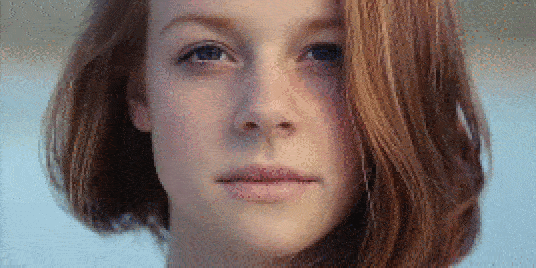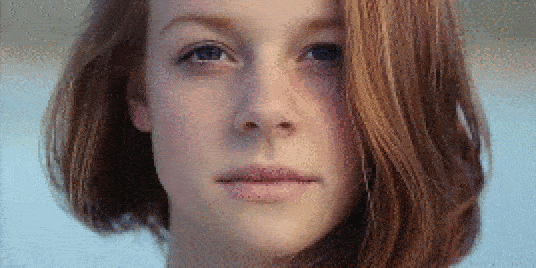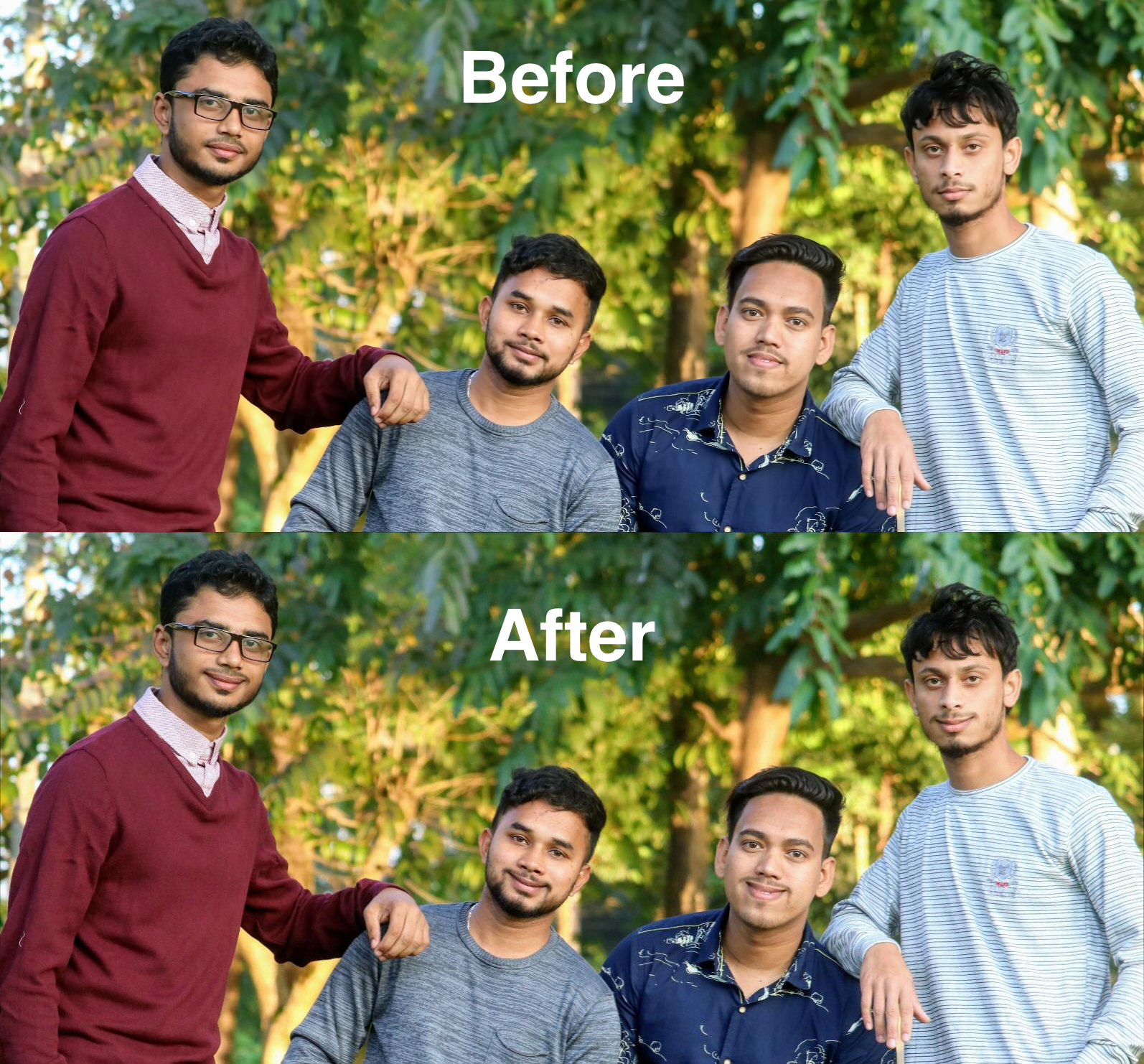

PyChubby — Automated Face Warping - Towards Data Science
source link: https://towardsdatascience.com/pychubby-automated-face-warping-322765f5a1b2?gi=1cffbd62d42a
Go to the source link to view the article. You can view the picture content, updated content and better typesetting reading experience. If the link is broken, please click the button below to view the snapshot at that time.
PyChubby — Automated Face Warping


Introduction
We all know the story. You ask a random person on a street to take a photo of you and your friends. After a few moments, you happily thank them and go on with your life. After some time you finally sit down for a cup of coffee and check your photos. “My god, why is none of us smiling?!”
First of all, do not panic. It is your lucky day. If you know how to pip install things there might be hope.
pip install pychubby
Once installed, just write something like this:
Minimal code example

What is PyChubby
pychubby is an automated face warping tool. Its main goal is to serve as a specialized augmentation interface for deep learning face-related tasks. But it might as well be used as a silly face warping tool (see the introduction).
You might wonder why even bother when one can do similar things with Photoshop and other software. The answer is simple — automation. You do not have to locate any landmarks, move them around and then repeat the procedure on each face in every photo.
Popular image augmentation packages like imgaug are general-purpose (any kind of image) and do not provide many options when it comes to geometric transformations. pychubby is specialized on human faces and allows for the creation of geometric transformations that are:
- Local (on the face)
- Smooth (no artifacts)
- Realistic (to an extent)
In other words, one does not augment the whole image but just the faces. The augmentations are realistic and have no artifacts.
Building Blocks
The logic of pychubby can be summarized in three blocks
- Landmark Detection: Given a photo, a pre-trained landmark detection model predicts 68 landmarks on each face.
- Reference Space Mapping: The landmarks are mapped into a so-called reference space. This mapping corrects for possible rotations, translations and scaling in the input image.
- Manual Action Definition: Majority of
pychubbyactions are defined in the reference space and therefore should yield consistent warpings across different faces. Go to Gallery to see the predefined ones or feel free to define new ones.
Want to know more?
If you are interested in giving pychubby a try or just want to learn more see below a few useful links:
All potential contributors are more than welcome and any feedback is highly appreciated.
Originally published at https://jankrepl.github.io on September 16, 2019.
Recommend
About Joyk
Aggregate valuable and interesting links.
Joyk means Joy of geeK